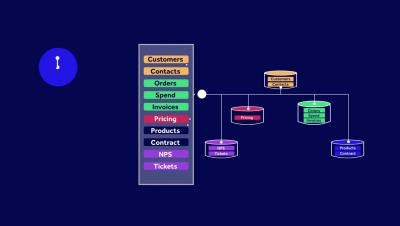How To Fight Document Overload with Low-Code and IDP
In a Harvard Business Review article, Thomas C. Redman references a project by AT&T, the world’s largest telecommunications company, where the simple task of reducing invoicing errors uncovered something shocking: over 40% of invoicing data contained errors that cost the company tens of millions of dollars. Even in 2021—the age of digitalization—poor quality data is wreaking havoc in businesses, costing the United States a staggering $3 trillion per year.






